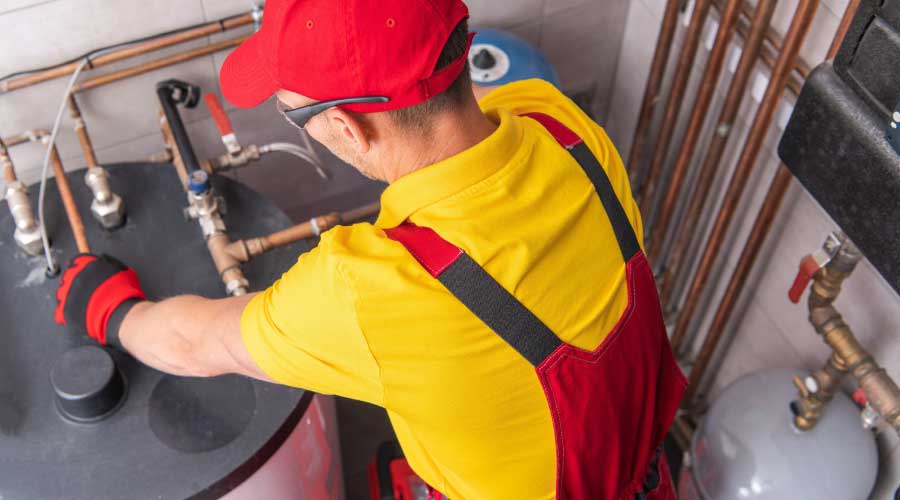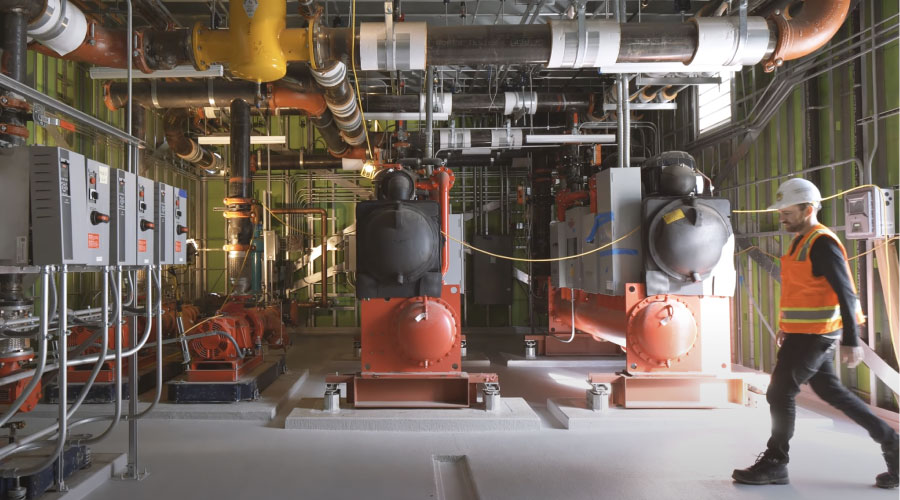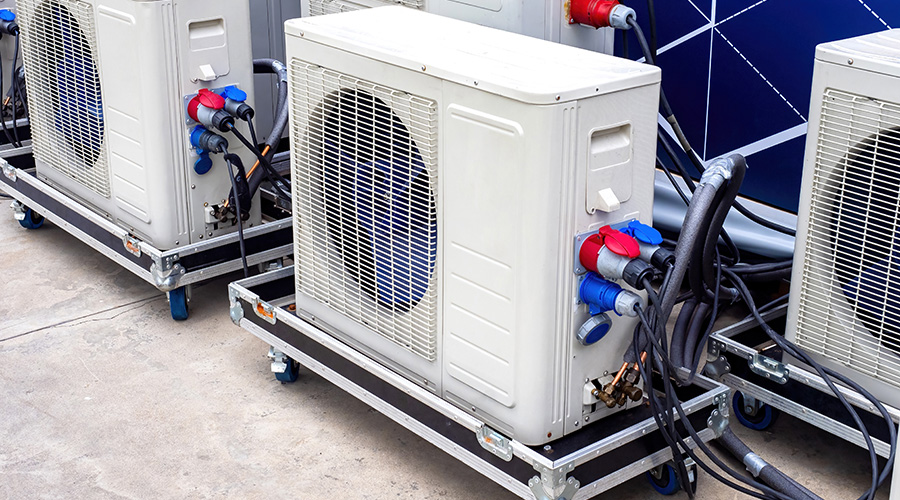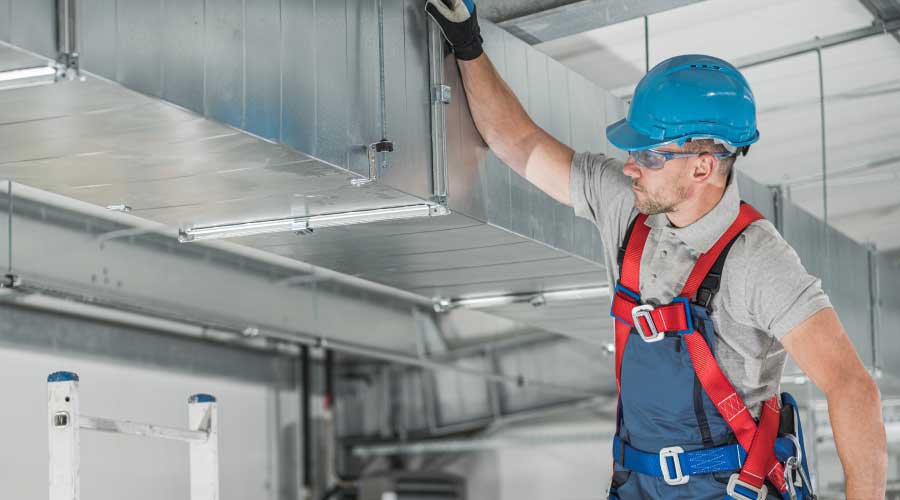Oil-Less Centrifugal Chillers Reduce Maintenance
Chillers also have seen technological advances that have helped improve their operating efficiency and reliability.
One recent advance has been the development of the oil-less centrifugal chiller. Conventional centrifugal chillers require lubrication of their drive system. Under normal operation, a small quantity of oil carries over into the refrigerant circuit. Over time, oil can collect in the evaporator, coating heat-transfer surfaces and reducing the unit’s efficiency and capacity.
Oil-less chillers replace the bearings found in conventional chillers with magnetic bearings that require no lubrication, eliminating losses from oil contamination and improving energy efficiency. The use of magnetic bearings offers two more benefits for oil-less chillers: reduced noise levels and very low starting currents.
Another change that has improved the operating efficiency of chiller plants is the move from single-chiller installations to the use of multiple chillers. Single-chiller installations typically carry lower first costs and require less space, but two serious drawbacks exist. First, no level of backup exists. A chiller failure can mean a loss of chilled water to the entire facility, often for an extended period of time.
Single-chiller plants also must have the capacity to handle the facility’s peak design load. Since this peak load typically occurs for only a few hours each year, the chiller will spend the vast majority of its operating time under part-load conditions.
But chillers are most efficient when operating at or near full load. So as the load decreases in this scenario, so does the operating efficiency of the chiller. On a seasonal basis, the overall efficiency of the chiller plant will be well below the peak efficiency of the chiller.
By contrast, multiple chillers allow managers to pick and choose the chillers to operate, based on the cooling load. As the load changes, operators can bring more chillers online or take them offline as needed to maximize operating efficiency.
A multiple chiller installation commonly provides at least a 10 percent increase in efficiency annually. Multiple chillers also provide facilities with backup in the event of a chiller failure.
Related Topics:















